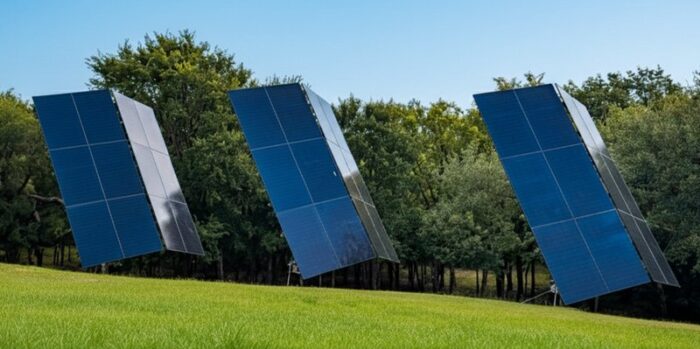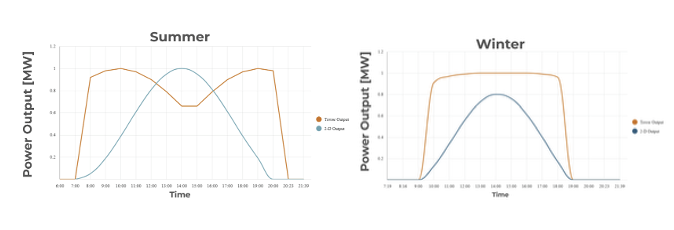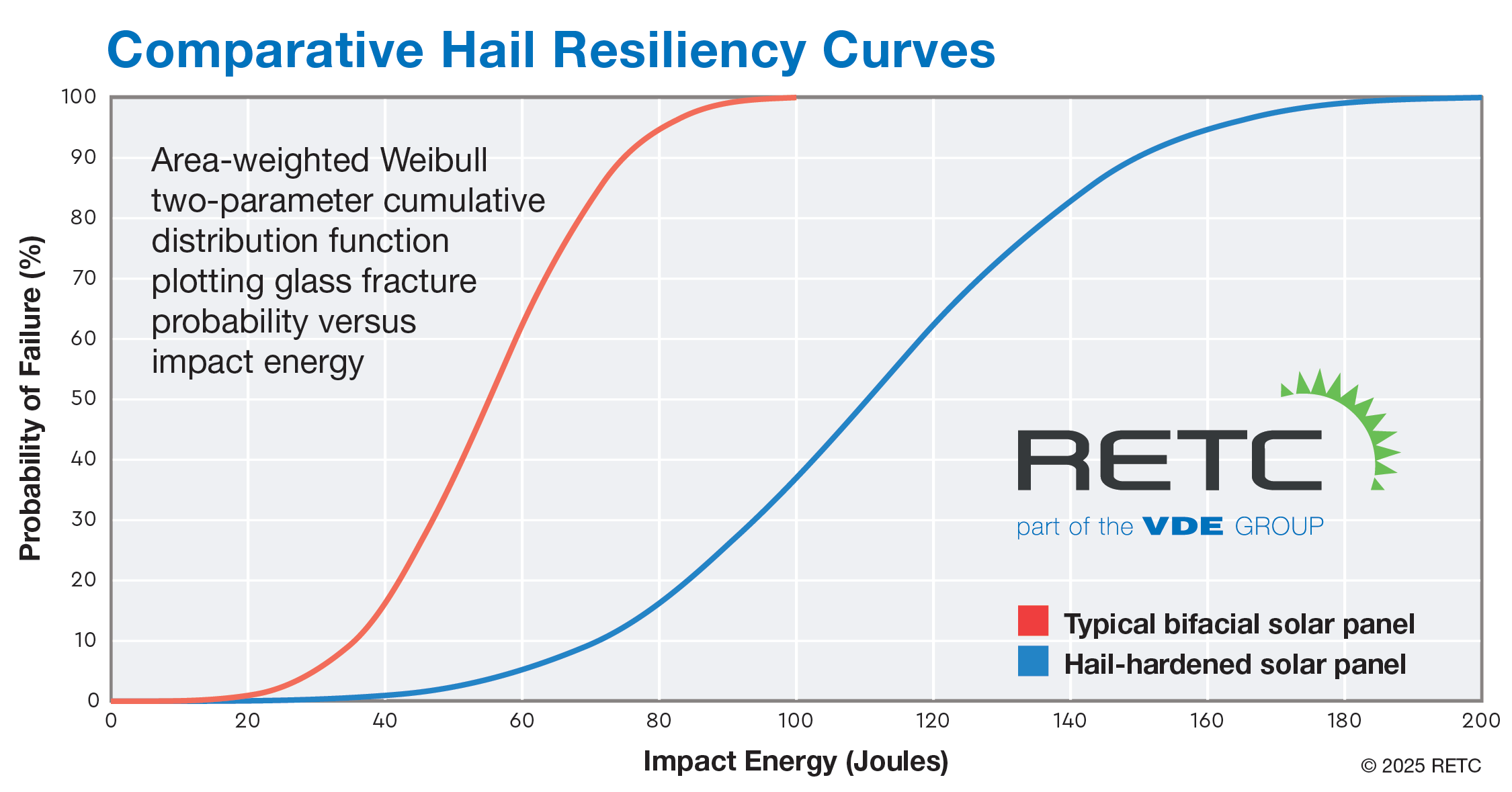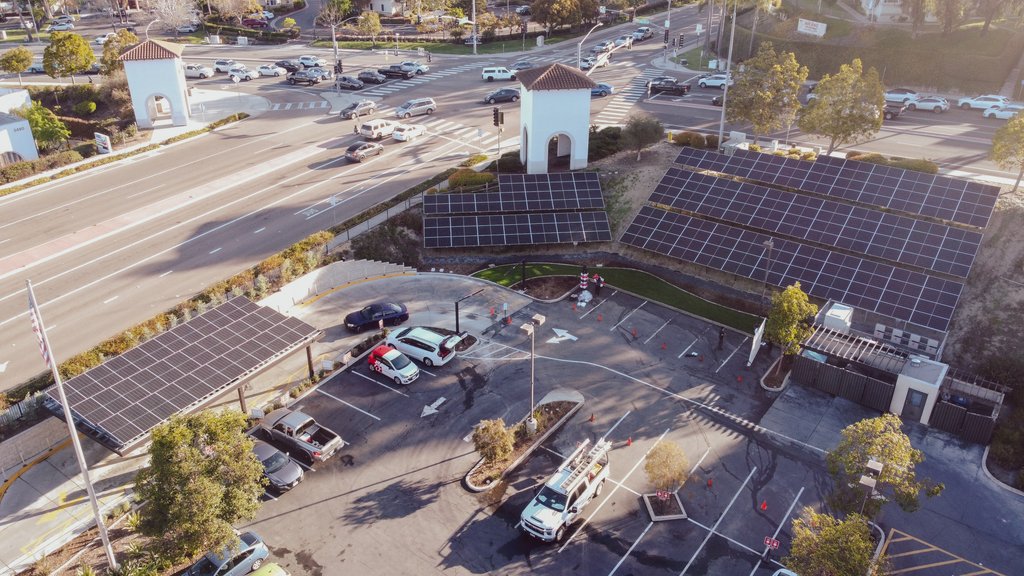Janta Power raises $5.5M to commercialize its solar tower concept
Janta’s patented vertical towers — now piloting at major airports — report ~50% more energy per site and a ~32% capacity factor, with modeled LCOE as low as $0.05/kWh

Janta Power is pitching a vertical solar tower (seen above) configuration that fits inside the footprint of a conventional ground-mount but produces roughly 50% more energy. Commercial deployment is on the way, the Dallas-based developer says, having recently closed a $5.5 million seed round, led by MaC Venture Capital with participation from Collab Capital to scale manufacturing and deployment.
The funding comes as Janta begins pilot programs at major global airports through the Airports for Innovation (A4I) initiative, including Munich International Airport, Aena (operator of 70+ airports), and Dallas–Fort Worth International Airport. The company says demand is also emerging from data centers, EV charging hubs, telecom towers, universities, and industrial sites facing land or interconnection constraints.
What the 3D tower does differently
Janta is branding this a “3D tower” to contrast it with the typical flat solar array. Janta’s tower stacks PV vertically in a patented geometry that the company says provides 3× the exposed solar surface area per footprint. The vertical format captures low-angle morning and evening light, producing a dual-peak curve that aligns more closely with load than single-axis tracker systems concentrated around noon.
Janta’s power output graphic and specs
- Capacity factor: ~32% (vs. ~22% for flat-panel ground-mount)
- Land use: ~1/3 the land for equal nameplate
- Modeled LCOE: as low as $0.05/kWh (vs. ~$0.15/kWh global avg)
- Wind design: engineered for 110–170 mph survival loads
- Civil scope: modular steel with helical or pier foundations, no major grading
Why this matters for siting and grid planning
Janta positions the tower as a complement to conventional PV, not a replacement — the flatter, smoother generation profile reduces ramping stress and lowers reliance on peaker plants, particularly in grid-constrained markets.
Airports, telecom towers, logistics hubs, and data centers routinely face “gross siting asymmetry” — large power demand and limited available land. Vertical PV is one of a small set of architecture shifts available to increase MWh per acre without new right-of-way or structural retrofits.
Janta is competing with the status quo, but also dual-axis trackers, which have a similar approach packing power density with height over width. With new capital in hand, Janta says U.S. manufacturing scale-up and additional commercial deployments are planned over the next 24 months.





